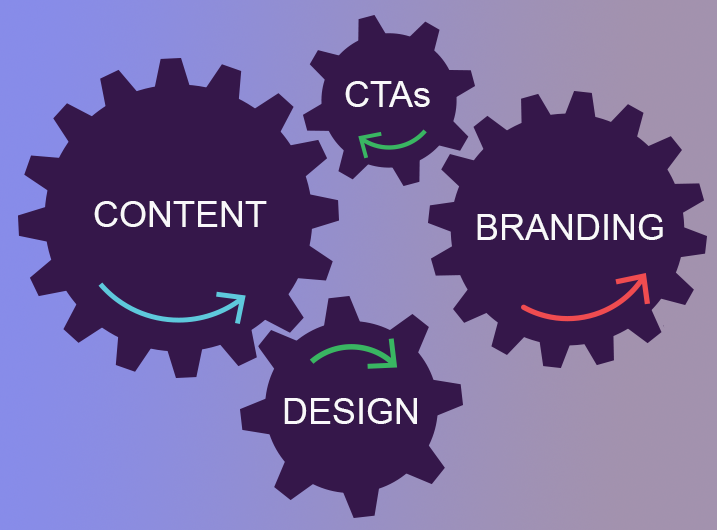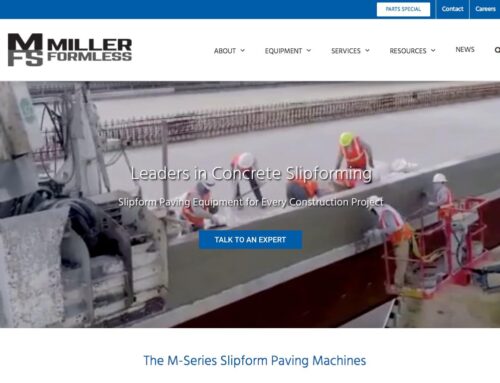Must Haves for a Great Manufacturing Website
Branding
Messaging is just as important as the visual elements of your brand. What makes you stand out from your competition? Clear messaging of who you are and what your do is important to state clearly on the home page. Also include your mission statement and business philosophy so visitors understand the culture and values of the company. Examples of this could include your manufacturing practices: How are you protecting the environment, your workers, how and where do your source materials? These are moral and ethical topics that are all part of your brand.
Be Aware of Your Audience
Who is visiting your website? They could be buyers for a big box store, engineers looking for product support, or investors looking for a new opportunity. Simple and intuitive navigation will get them to the information quickly and increase conversions, whether it is completing the request for quote form or picking up the phone.
Professional Photography
I cannot stress enough the important of professional photography in a website especially for the manufacturing and industrial sectors. High quality, professionally shot images will make all the difference when visitors are deciding whether or not to do business with you. This includes images of products, equipment and don’t forget the team members and that arial shot of your facility!
Document Management
Many manufacturing websites have product specification sheets, data sheets and reports in the form of PDF documents. Often times the documents are buried three levels deep. What if visitors could search and filter all the documents on your website and find what they need in seconds? Efficient document management increases conversions.
GDPR
Manufacturing companies selling and distributing goods internationally must be in compliance with the new GDPR regulations. Most likely your website is using cookies to track user data. Content management systems (CMS) such as WordPress or Joomla and third party software including Facebook, Google Analytics and contact forms use cookies. Compliance can be achieved through a simple form that is displayed when the user first visits the site. You are giving the user an opportunity to act before cookies are set on a first visit to a site. All loaded scripts but the strictly necessary ones are paused until the consent to the cookies has been given. This feature is called ‘prior consent’ and is a requirement of both the GDPR and the e-Privacy Directive. In the GDPR, you must have consent to setting cookies that track personal data, whereas in the ePrivacy Directive, you need user consent before setting any kind of cookies other than the strictly necessary.
A Privacy Policy is also necessary and must include how you store customer and user data in your organization and a way for users to opt-out. For more information visit: https://gdpr-info.eu/.
Clear Call to Actions
Visitors are impressed with your branding message, the images are stunning and they are downloading the product specifications and technical drawings. What next? What is it you want them to do? You want them to pick up the phone, fill out that contact form, order the products! Clear call to actions (CTAs) will steer them in the right direction.
Contact Baldwin Web Design for more tips on creating a successful manufacturing website. We love working with manufacturing and industrial companies!





